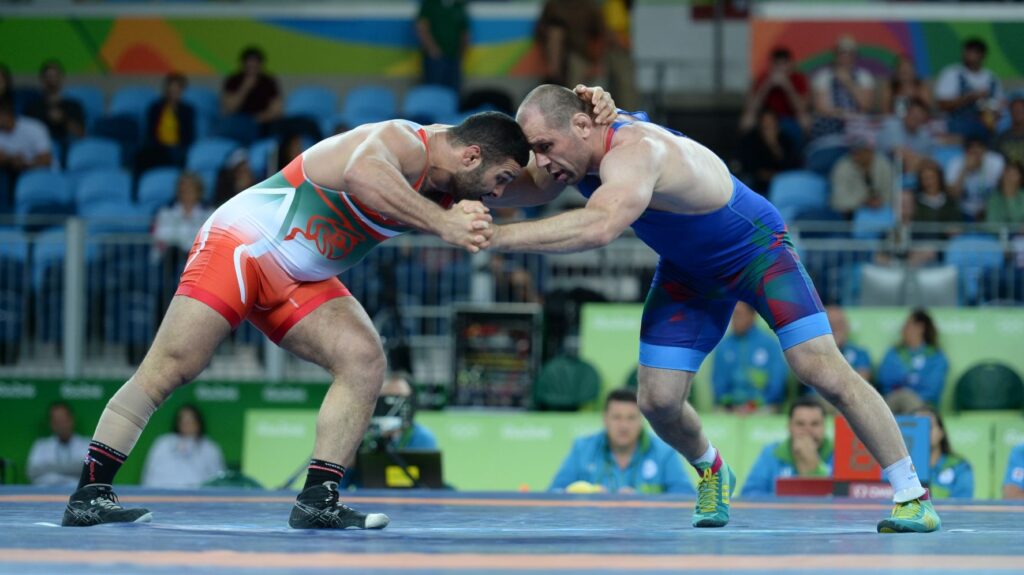Discovering the Origins of Greco-Roman Wrestling
Greco-Roman wrestling, a discipline deeply rooted in ancient history, holds a significant place in the Olympic Games. Originating from ancient Greece, this style of wrestling has been a prominent part of the Olympics since its revival in 1896. In Greco-Roman wrestling, athletes are restricted to using only their upper bodies, prohibiting any attacks or holds below the waist. This unique aspect sets it apart from its counterpart, freestyle wrestling.
While the name “Greco-Roman” implies that this style has purely Roman origins, it actually owes its roots to ancient Greek wrestling. The Greeks celebrated this sport as a display of strength, agility, and strategic thinking. In fact, wrestling was integral to the ancient Olympic Games, serving as the pinnacle of physical competition.
Greco-Roman wrestling gained international recognition during the 19th century when French and German enthusiasts sought to revive the sport. They refined the rules and established the framework for the modern Greco-Roman wrestling we know today. These efforts culminated in the sport’s inclusion in the first modern Olympic Games, heralding a new chapter in wrestling history.
Exploring the Fascinating World of Freestyle Wrestling
Freestyle wrestling, on the other hand, has a distinct style that allows athletes more freedom in their techniques. Unlike Greco-Roman wrestling, freestyle wrestlers can use both their upper and lower bodies to attack and defend. This dynamic style emerged in the United States during the 19th century and has become immensely popular across the globe.
One of the key differences between Greco-Roman and freestyle wrestling lies in the scoring system. In freestyle wrestling, points are awarded for successfully executing takedowns, exposing an opponent’s back to the mat, or maintaining control over the opponent. This encourages a more fast-paced and acrobatic style of wrestling, captivating both participants and spectators.
Freestyle wrestling made its Olympic debut in 1904, further solidifying the sport’s place on the world stage. Over the years, it has garnered a massive following and continues to captivate audiences with its combination of technical skills and raw athleticism.
The Olympic Legacy of Greco-Roman and Freestyle Wrestling
The inclusion of both Greco-Roman and freestyle wrestling in the Olympic Games has played a vital role in the development and preservation of these disciplines. The Olympics serve as a platform for wrestlers from diverse backgrounds to showcase their talent and compete at the highest level.
Throughout history, wrestling has been a testament to the human spirit, emphasizing the values of discipline, determination, and sportsmanship. The Olympic stage provides wrestlers with an opportunity to embody these principles and leave a lasting legacy.
Greco-Roman and freestyle wrestling have produced incredible moments and legendary athletes who have etched their names in the annals of Olympic history. Renowned wrestlers like Aleksandr Karelin, Dan Gable, and Kaori Icho have not only brought glory to their countries but have also inspired generations of aspiring wrestlers.
With each Olympic Games, the wrestling world eagerly awaits the chance to witness new triumphs, heart-wrenching defeats, and extraordinary displays of skill. As the tradition continues, the legacy of Greco-Roman and freestyle wrestling in the Olympics remains a symbol of human strength and endurance.


